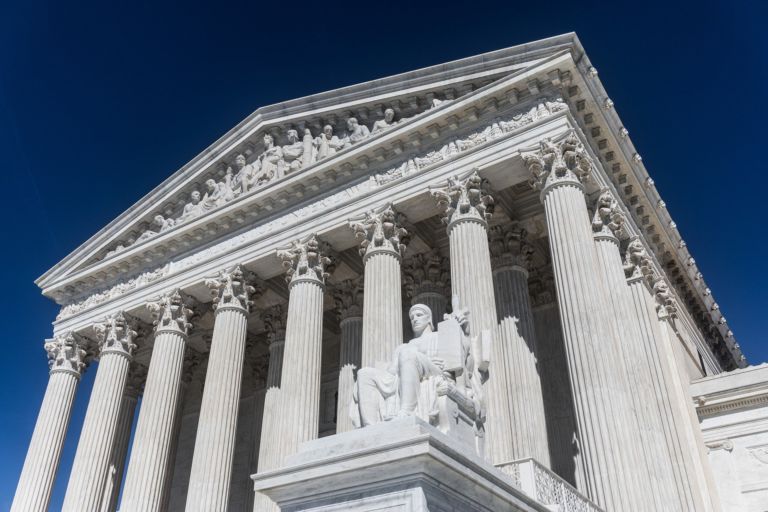Writing in Bloomberg, Cass R. Sunstein, former administrator of the White House Office of Information and Regulatory Affairs in the Obama administration from 2009 to 2012, welcomed the “interim guidance document” for President Donald Trump’s red-tape reduction executive order.
At issue is Trump’s “one in, two out” order, versions of which have been used in Canada and the United Kingdom. The John Locke Foundation has promoted a similar reform for North Carolina for several years.
Sunstein writes:
The order itself, requiring agencies to eliminate two regulations whenever they issue a new one, produced applause, confusion and alarm when it was announced on Jan. 30.
The good news is that the highly professional “interim guidance document” that quietly followed the order three days later answers numerous open questions about it, and does so quite sensibly and in just a few pages. …
The broader point is that the policy could be carried out in a way that would remove essential safeguards, create chaos in government and violate the law — or instead in a way that is sober, knowledgeable and professional. With last week’s interim guidance document, the Trump administration took a welcome, and quite major, step in the latter direction.
Sunstein spots two ways it could be improved. One would be to let members of the public provide “evidence-based arguments about which regulations to eliminate.”
The other is another idea long pushed by the Locke Foundation for North Carolina. Sunstein writes that the guidance document
might have emphasized the special importance of the analysis of costs and benefits — and of eliminating regulations that have costs far in excess of benefits.
Here is how that reform is described in my report Reining in Regulation:
Strong cost/benefit analysis
There is a foundation of cost/benefit analysis in the Regulatory Reform Act of 2011 (RRA 11) but it didn’t include a rejection requirement whereby agencies would be required to reject a proposed rule if they found its estimated costs to exceed its estimated benefits. The decision to establish a law whose costs exceed its benefits should be up to the publicly accountable legislature.
To foster a regulatory environment more conducive to economic growth, the rulemaking process should encourage good, narrowly tailored rules adopted only when those rules are absolutely necessary. Furthermore, a rejection requirement should be carefully constructed so that it avoids becoming an “adoption requirement” just because benefits are found to exceed costs. “Benefits” should also be properly defined: benefits are not trespasses against individual rights, convenient measurable proxies for immeasurable goods (i.e., reduced carbon dioxide emissions assumed to mean a reduced global-warming risk), changes in behavior forced by mandates, etc.


